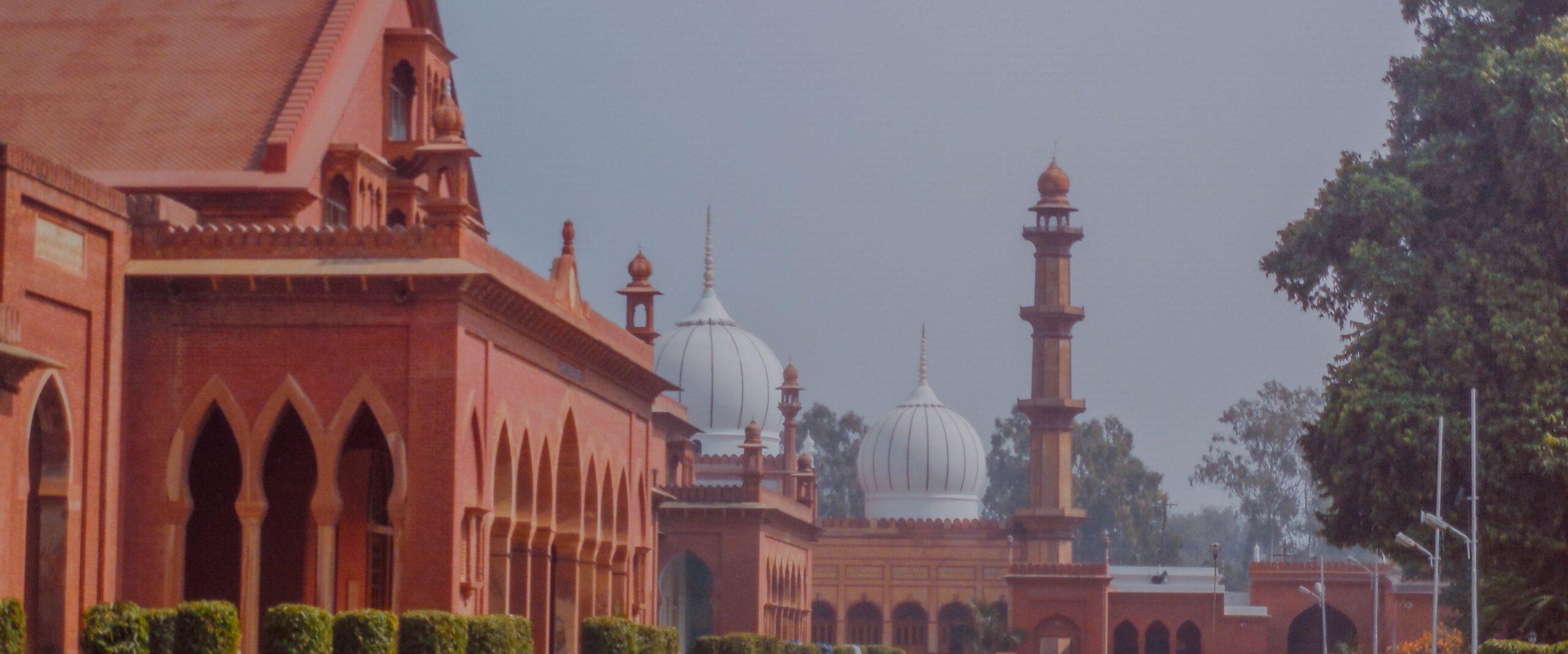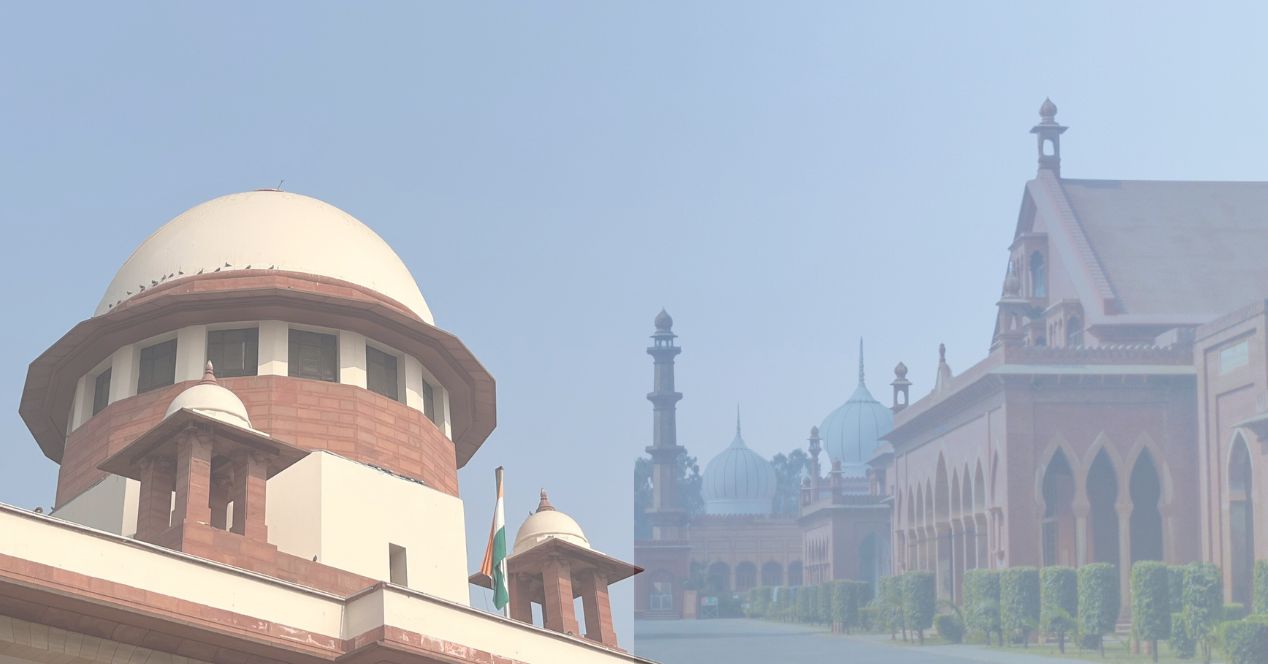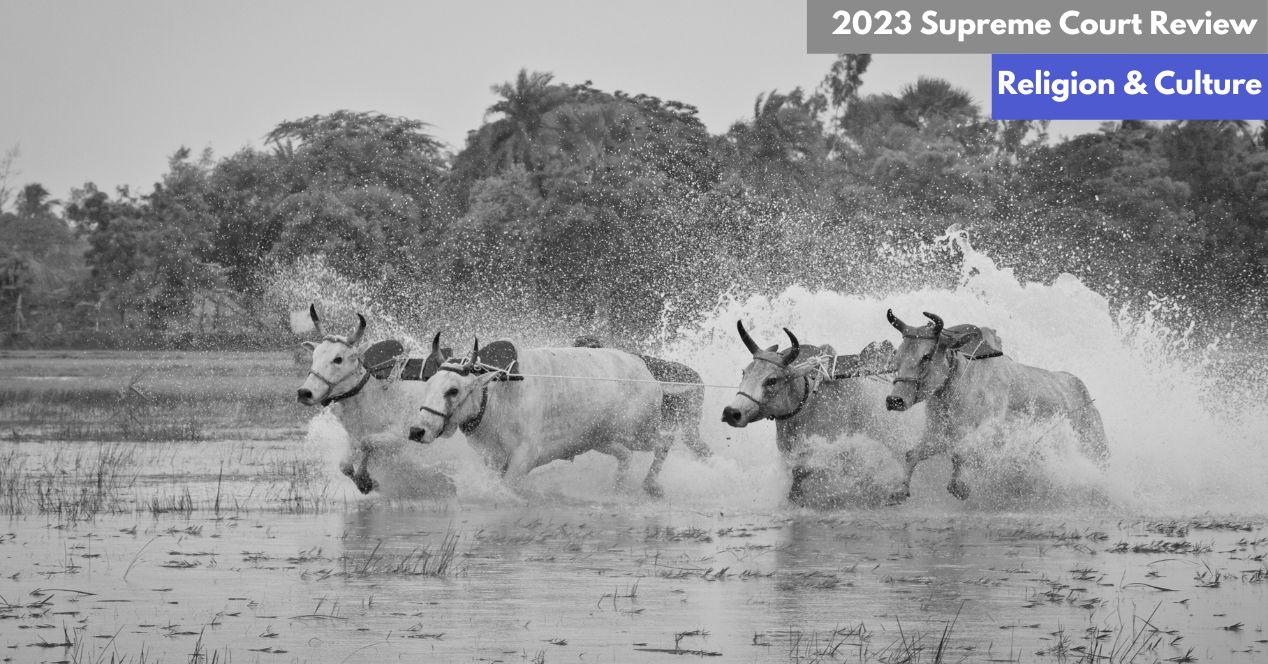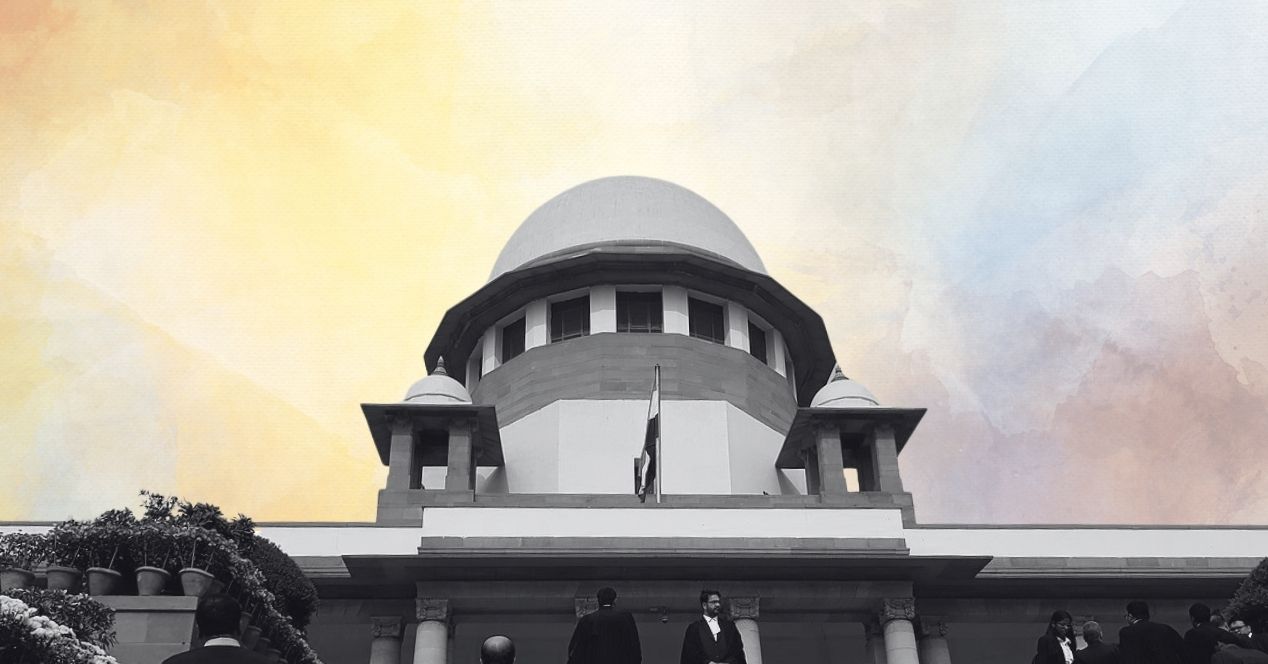Analysis
Nationalists, loyalists, religionists: The saga of Aligarh Muslim University
We summarise the key contentions in the Aligarh Muslim University minority status case

“The way Aligarh participates in the various walks of national life will determine the place of Muslims in India’s national life. The way India conducts itself towards Aligarh will determine largely, yes, that will determine largely the form which our national life will acquire in the future.”
These words of Dr. Zakir Hussain, former President and alumnus of Aligarh Muslim University, were read aloud by Senior Advocate Salman Khurshid, to stress the point that Aligarh Muslim University (AMU) was established for the upliftment of the Muslim community. This is the key argument in the AMU minority status case.
The history of AMU leads back to 1877 when Sir Syed Ahmed Khan founded the Muhammedan-Anglo Oriental (MAO) College with the intention to create a prestigious educational institution devoted to the cause of Muslim education. MAO College became Aligarh Muslim University after the passing of the Aligarh Muslim University Act, 1920. This speaks to another aspect of the issue in the case: the Union government claims that MAO lost its minority status as the control shifted to the British government from the Muslim community. Notably, this view was also held by a Constitution Bench in Azeez Basha v Union of India (1967).
In 1981, the Congress government amended the AMU Act so that it expressly provided that AMU was “established by the Muslims of India.” The amendment was a move to restore the minority status of AMU. In 2005, the Allahabad High Court struck down the amendment as contrary to Azeez Basha while considering the validity of 50 percent reservation for medical seats in AMU. The Union government and AMU appealed this decision in 2006. In 2016, the NDA-government led by the Bharatiya Janata Party withdrew their appeal. A Division bench led by Chief Justice Ranjan Gogoi referred the issue of minority status to a seven-judge bench.
On 26 January 2021, AMU buried a “time capsule” weighing 1.5 tonnes containing documents and details about its history. Three years later, in January 2024, a seven-judge Constitution Bench entered a time capsule of its own to determine two things: (a) whether Azeez Basha had been correctly decided; and (b) whether AMU was administered by the British government or the Muslim community during its inception.
The question of definition
In T.M.A. Pai v State of Karnataka (2002), the Supreme Court defined a minority as a community that is less than 50 per cent in a state. Yet, in the AMU matter, Senior Advocate Rakesh Dwivedi took the line that the Supreme Court has never defined a minority. Dwivedi’s proposed definition had three conditions: (a) the community must be numerically fewer than the majority; (b) if a numerically smaller group is the ruling power, it is not a minority; and (c) the group should identify itself as a minority.
Professor Faizan Mustafa, former Registrar of AMU and lead petitioner in the case, explained Dwivedi’s argument . “He was trying to say that a minority should be decided in terms of powerlessness. When the British were here then the power was with the Christian minority, and they were small in number,” Mustafa told SCO. “So his argument was that you should be in a minority compared to the party in power. Muslims were more than Christians, Hindus were more than Christians. So, the argument was that in pre-independence India, nobody will get the protection of minority rights except the Parsis and the Zoroastrians.”
This was also not the only attempt by the respondents to convey that AMU cannot have a minority status. Solicitor General Tushar Mehta and Dwivedi both claimed that the concept of a minority did not exist before the Constitution of India as Hindus and Muslims were at an equal level.
In response, Senior Advocate Rajeev Dhavan strongly relied on T.M.A. Pai. Dhavan also pointed out that seats had been reserved for Muslims in the imperial legislature. Moreover, Senior Advocate Kapil Sibal contended that Article 30 applied to institutions that had been set up both before and after the Constitution came into force, according to In re: Kerala Education Bill (1958).
Loyalty, nationalism, cooperation
The imperial government passed the AMU Act on 1 December 1920. The Union government refers to this as the day AMU surrendered its minority status and the Muslim community ceded control of the university to the British government. The Union further claimed that the founders of AMU were “loyalists” as opposed to “nationalists” like the founders of an institution like Jamia Millia Islamia. Lastly, they also relied on Azeez Basha which held that MAO relinquished its religious status.
The petitioners countered by stating that assets and resources belonging to MAO College were used to incorporate AMU. Justice Sanjiv Khanna also suggested that AMU did not foresee that India would be free, finding it appropriate to cooperate with the system. Chief Justice D.Y. Chandrachud added that loyalty to the government need not necessarily lead to the surrender of religious institution status. The petitioners contend that Azeez Basha was incorrect because it would result in all minority institutions losing their rights once they come under the ambit of a parliamentary statute.
The composition of the ‘Court’
The petitioners and respondents agreed that a minority has to both “establish” and “administer” a minority institution under Article 30. The petitioners’ claim was that the minority has a “choice” in how it wants to administer the institution. Senior Advocate Kapil Sibal presumably pointed out that the administration can be carried out by non-minorities as well. He resisted the conclusion in Azeez Basha, where the Bench found that Muslims in the administration could not save its minority status since the institution was not established by Muslims.
Respondents took the line that the test to determine the minority status does not apply to AMU as it was neither established nor administered by Muslims. The Union argued that primary supervisory authority over AMU was in the hands of the Governor-General in Council of the British government. The Governor-General was given the title of Lord Rector. In their view, “The Court”—which is the supreme governing body of the AMU—was only discharging advisory functions, with the final decision being in the hands of the Lord Rector.
The Court consisted exclusively of Muslims until 1951, when the Union government allowed the inclusion of non-Muslims in it. Extending Sibal’s argument here, the minority character could not have been stripped simply because there were non-Muslims in the administration.
The petitioners argued that a figure like the Lord Rector was a recurring feature across several institutions, then. . Even now, supervisory offices are included to ensure that “nothing drastic is done.” The Bench also added that the British government was insecure, and preferred to keep its foot in the door. In his rejoinder arguments, Rajeev Dhavan turned the lens on several provisions of the AMU Act which showed that “the Court” had a major role to play in the administration of AMU.
The petitioners also reasoned that the MAO College was governed by similar provisions that granted the British supervisory authority. Since Azeez Basha had acknowledged that the MAO College was a minority institution, they reasoned, it followed that AMU was one too, given the similarity in governance structures.
The 1981 amendment conundrum
The 1981 modification to the AMU Act amended the definition of “University” to mean an educational institution “established by the Muslims of India.”
Petitioners claimed that determining the correctness of Azeez Basha will solve the question of validity of the 1981 Amendment, which was struck down by the Allahabad High Court in 2005. If Azeez Basha is upheld in the present matter, they argued, then they would want the validity of the 1981 Amendment to be considered by a smaller bench of the Court. If Azeez Basha is overruled, then the question of determining the validity of the 1981 Amendment would not arise.
The Union found it appropriate to consider the validity of the 1981 Amendment, along with that of Azeez Basha. Solicitor General Tushar Mehta stated that avoiding the validity of the 1981 Amendment would give the petitioners a “second chance” to argue that AMU has a minority status, an opportunity which would be unavailable to the respondents.
Opening the floodgates
The petitioners claimed that upholding Azeez Basha would impact all minority institutions that operated under a statute. They were unequivocal in their submission that the Bench in Azeez Basha had reached its conclusion (that AMU was established by the imperial government through the AMU Act) without considering preceding facts, like the incorporation of the MAO College, its intent, and the role of its founders.
The Union government countered these arguments by claiming that Azeez Basha is a statute-specific and sui generis judgement, and it had never impacted any other minority educational institutions so far.
Can an ‘institute of national importance’ be of minority character?
Appearing for the respondents, Senior Advocate Neeraj Kishan Kaul stated that AMU was included under Entry 63 of the Union List as an ‘institute of national importance’. Senior Advocate Guru Krishnakumar Dwivedi added that the Constitution-makers intentionally included AMU in that list so that the Union could administer it. They claimed that modification of the nature of the institution had to be through a constitutional amendment. The respondents also warned that overruling Azeez Basha would result in a “public mischief.”
Petitioners countered by saying that minority institutions can be institutes of national importance without losing their minority status. Sibal asked if respondents were implying that AMU is “too good to be a minority institution.”
Professor Mirza Asmer Beg, who is from the political science department at AMU, contested this argument of the respondents. “Aligarh Muslim University is one of the best performing universities in the country,” he told SCO. “Normally the assumption would be that a minority institution would not be performing that well. However, AMU’s excellent academic performance should not be held against it. It is a shining example of a minority institution which stands on an equal footing with institutions of excellence at the national level.”
After eight days of hearing, the Court reserved judgement in the matter.




